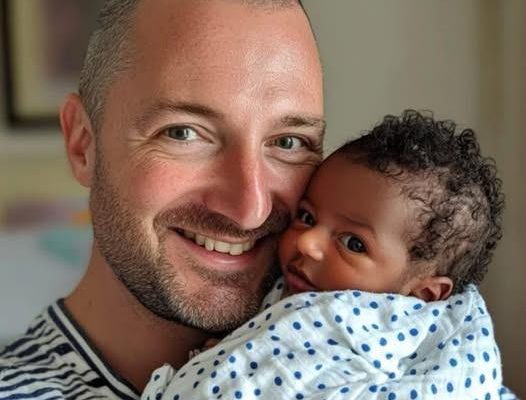My wife and I are both white. We had waited nine long months for this moment—surrounded by family in the delivery room, ready to meet our child. The air was electric with excitement… until the baby arrived.
The moment she saw the baby, my wife screamed, “THIS ISN’T MY BABY! THIS ISN’T MY BABY!!”
The entire room fell silent.
A calm nurse, trying to reassure her, said softly, “She’s still attached to you, honey. This is your baby.” But my wife shook her head furiously, her voice cracking, “It’s not possible! I’ve never slept with a Black man! It can’t be mine!”
I felt the blood drain from my face. My mind was spinning, emotions clashing between confusion, betrayal, and disbelief. One by one, our family members quietly left the room, the celebration replaced by stunned silence.
I turned to leave—heart pounding, hurt bubbling up—but something stopped me. I looked at the baby. Really looked at her.
And I saw something I hadn’t noticed before: my ears. My nose. My chin. This baby looked like me.
Later, doctors explained a rare genetic phenomenon called atavism, where traits from distant ancestors reappear in children. After a deeper look into both our family histories, we discovered that my great-great-grandmother was of African descent—a detail long buried and forgotten in family lore.
I stayed. Not just because the baby was mine, but because in that moment, I realized something even deeper: family is more than skin color, and love is stronger than doubt.
That day didn’t break us. It made us stronger. And every time I look at my daughter now, I don’t see a surprise—I see a miracle.

